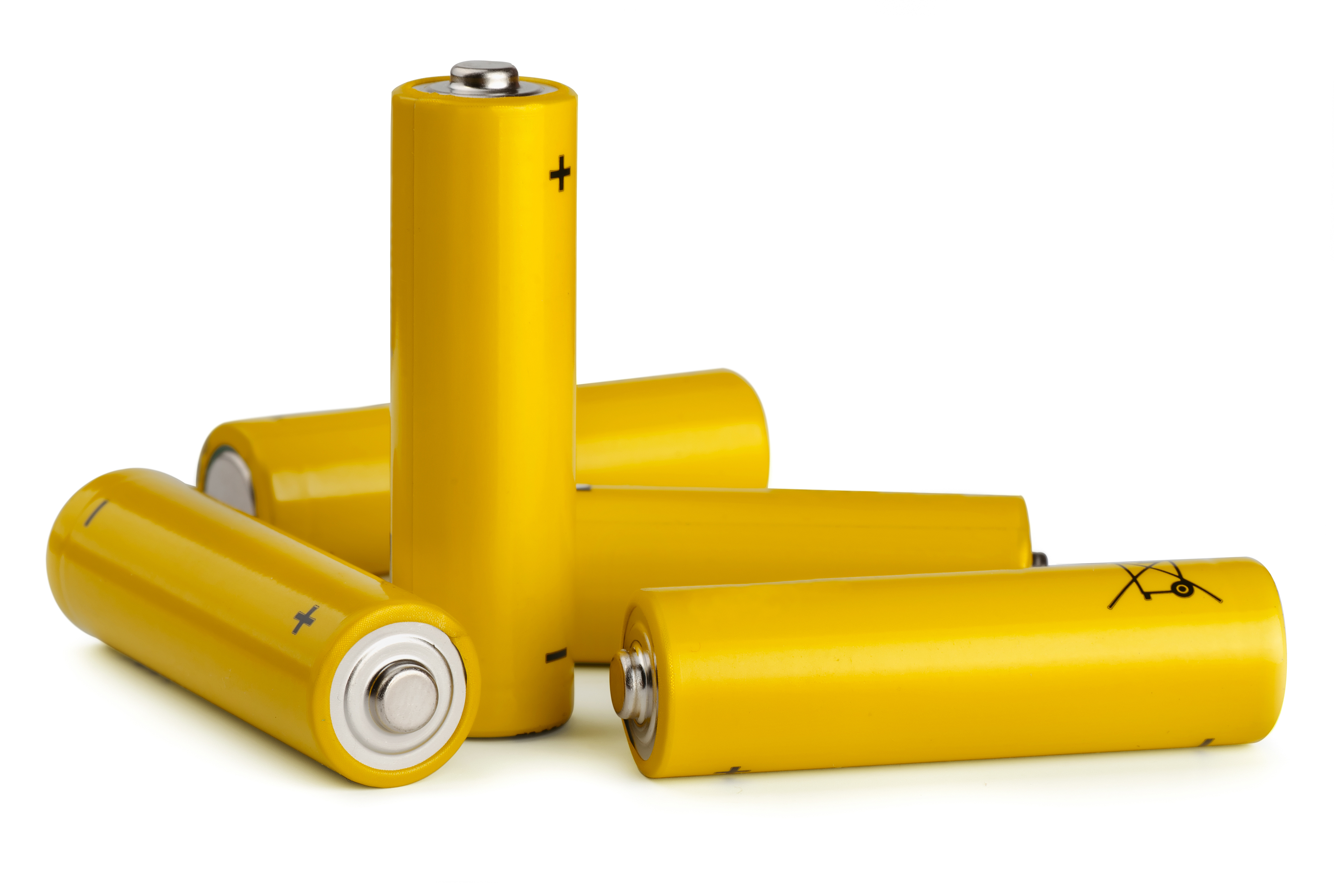Lithium ion battery flame retardant additives ensure the safety of household and commercial energy storage systems by suppressing thermal runaway.
Against the backdrop of frequent safety accidents in lithium-ion batteries, flame retardant additives are becoming a key defense line to enhance the safety of household and commercial energy storage systems. The core mission of these additives is to prevent the most deadly risk of lithium-ion batteries - thermal runaway. Once the internal temperature of a lithium-ion battery loses control, it will trigger a chain reaction of heat release, leading to gas eruption, fire, and even explosion. Flame retardant additives interfere with the reaction of hydroxyl radicals, forcibly cutting off this deadly process.
Taking trimethyl phosphate (TMP) as an example: When the electrolyte of lithium-ion batteries is thermally decomposed, gaseous TMP releases phosphorus containing free radicals, captures flammable hydrogen free radicals, and fundamentally prevents combustion. This mechanism transforms the originally flammable electrolyte into a non flammable system, significantly reducing the heat release rate and self heating risk of lithium-ion batteries. For household energy storage systems that require high safety standards (such as rooftop photovoltaic distribution storage) and commercial energy storage systems (such as grid level power plants), flame-retardant lithium-ion batteries have become essential.
However, the flame retardancy of lithium-ion batteries requires a trade-off between performance costs. The introduction of flame retardants may reduce the ion conductivity of lithium-ion batteries, increase interfacial impedance, and thus affect capacity and cycle life. Traditional halogen containing additives are gradually being replaced by halogen-free phosphorus nitrogen synergists, fluorinated compounds, etc. due to environmental toxicity issues. The current technological challenge lies in how to ensure the safety of lithium-ion batteries while minimizing their erosion of energy density?
Despite the challenges, the technological iteration of flame retardant additives for lithium-ion batteries has never stopped. New ionic liquids and functionalized phosphorus nitrogen compounds are driving the development of high safety lithium-ion batteries. In today's era where home energy storage systems pursue zero accidents and commercial energy storage systems emphasize reliability, flame retardant additives have become a strategic pivot to balance the performance and safety of lithium-ion batteries. In the future, with material innovation, flame-retardant lithium-ion batteries may completely rewrite the safety rules of energy storage systems.
Taking trimethyl phosphate (TMP) as an example: When the electrolyte of lithium-ion batteries is thermally decomposed, gaseous TMP releases phosphorus containing free radicals, captures flammable hydrogen free radicals, and fundamentally prevents combustion. This mechanism transforms the originally flammable electrolyte into a non flammable system, significantly reducing the heat release rate and self heating risk of lithium-ion batteries. For household energy storage systems that require high safety standards (such as rooftop photovoltaic distribution storage) and commercial energy storage systems (such as grid level power plants), flame-retardant lithium-ion batteries have become essential.
However, the flame retardancy of lithium-ion batteries requires a trade-off between performance costs. The introduction of flame retardants may reduce the ion conductivity of lithium-ion batteries, increase interfacial impedance, and thus affect capacity and cycle life. Traditional halogen containing additives are gradually being replaced by halogen-free phosphorus nitrogen synergists, fluorinated compounds, etc. due to environmental toxicity issues. The current technological challenge lies in how to ensure the safety of lithium-ion batteries while minimizing their erosion of energy density?
Despite the challenges, the technological iteration of flame retardant additives for lithium-ion batteries has never stopped. New ionic liquids and functionalized phosphorus nitrogen compounds are driving the development of high safety lithium-ion batteries. In today's era where home energy storage systems pursue zero accidents and commercial energy storage systems emphasize reliability, flame retardant additives have become a strategic pivot to balance the performance and safety of lithium-ion batteries. In the future, with material innovation, flame-retardant lithium-ion batteries may completely rewrite the safety rules of energy storage systems.
Welcome to contact us:
WhatsApp/Wechat/Mobile: +86 13332949210
Email: info@xihobattery.com
Website: www.xihopower.com
WhatsApp/Wechat/Mobile: +86 13332949210
Email: info@xihobattery.com
Website: www.xihopower.com
 +86 13332949210
+86 13332949210 info@xihobattery.com
info@xihobattery.com







 Xiho
Xiho Jun 11 2025
Jun 11 2025











